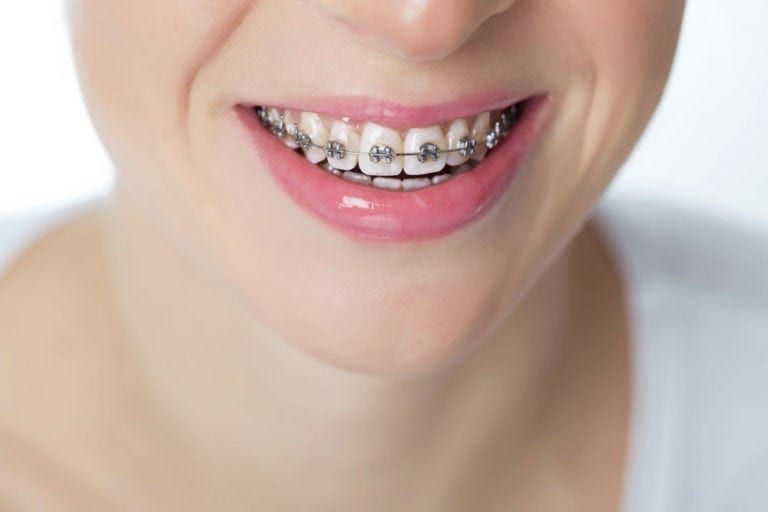Composite Veneers vs. Porcelain Veneers: Which Is Right for You?
- dclinicdubai
- Jul 18
- 3 min read
When it comes to achieving a picture-perfect smile, veneers are a top choice for many patients. Whether you're correcting discoloration, chips, or small gaps, veneers offer a fast and effective cosmetic solution. In places like the UAE, particularly with the growing popularity of composite veneers in Dubai, individuals are increasingly exploring their options between composite and porcelain materials. This guide will help you understand the key differences, pros, and cons, so you can make the best choice for your dental goals.

What Are Veneers:
Veneers are thin shells of material bonded to the front surface of your teeth to enhance their appearance. They’re commonly used to address aesthetic imperfections such as stains, chips, misalignment, or gaps. The two primary types of veneers—composite and porcelain—offer similar results but differ in durability, cost, and application method.
Composite Veneers Explained:
Composite veneers are made from a tooth-colored resin that is applied directly onto the teeth and sculpted in layers. The procedure can typically be completed in one appointment and is less invasive compared to porcelain. Since no lab work is required, they’re also more affordable. This makes composite veneers in Dubai an attractive choice for patients seeking quick results at a lower cost.
Porcelain Veneers Explained:
Porcelain veneers are crafted from high-quality ceramic and custom-made in a dental lab. They require more preparation, often involving enamel removal, and usually take two visits to complete. However, porcelain veneers are known for their durability, stain resistance, and a natural, translucent appearance that closely mimics real teeth.
Durability and Longevity:
Porcelain veneers typically last between 10 to 15 years or longer with proper care, while composite veneers last around 5 to 7 years.
Key Points:
Porcelain: More durable and resistant to staining.
Composite: More prone to wear and may chip or stain over time.
Longevity depends on oral hygiene, diet, and dental habits.
Aesthetic Results:
Both options significantly improve your smile, but porcelain veneers often deliver superior aesthetic outcomes.
Key Points:
Porcelain: Mimics natural enamel with better translucency and shine.
Composite: Still looks natural but may not match porcelain’s clarity.
Composite can be easily touched up, while porcelain is more stable in color.
Application Process:
The process for placing veneers varies in time, technique, and invasiveness.
Key Points:
Composite:
Usually completed in a single visit.
Minimal to no tooth reduction required.
Porcelain:
Requires enamel removal.
Involves impressions, lab fabrication, and two or more appointments..
Maintenance Requirements:
Both types of veneers require care, but there are differences in long-term upkeep.
Key Points:
Porcelain:
Easier to maintain due to stain resistance.
Requires regular check-ups but less polishing.
Composite:
May need periodic polishing and minor repairs.
More sensitive to food and drink stains.
Regardless of the type, maintaining excellent oral hygiene is essential to prolong the life of your veneers.
Suitability for Patients:
Choosing between porcelain and composite depends on your goals, habits, and oral health condition.
Key Points:
Composite is ideal for:
Younger patients or first-time cosmetic treatments.
Those looking for temporary or reversible changes.
Patients with minor cosmetic flaws.
Porcelain is ideal for:
Long-term solutions.
Patients seeking premium, permanent results.
Those willing to invest more upfront for aesthetics and durability.
Decision-Making Factors:
Before deciding, consult a qualified cosmetic dentist. Factors like tooth condition, budget, lifestyle, and long-term goals will all influence the best choice.
Consider the following:
Are you looking for a temporary or long-term solution?
Are you willing to maintain more frequent touch-ups?
Is your smile makeover part of a larger aesthetic treatment?
Do you have habits like teeth grinding or smoking that could affect longevity?
Your dentist can help you determine whether composite veneers in Dubai or porcelain veneers better align with your individual needs.
Final Thoughts:
Choosing between composite and porcelain veneers comes down to balancing cost, convenience, and aesthetics. Composite veneers are great for short-term fixes or conservative treatments, while porcelain veneers are a long-term investment in a flawless smile. With modern dental technology and expert professionals, Dubai offers top-tier options in both categories. Whether you choose composite or porcelain, the right veneers can give you a boost of confidence every time you smile.


Comments